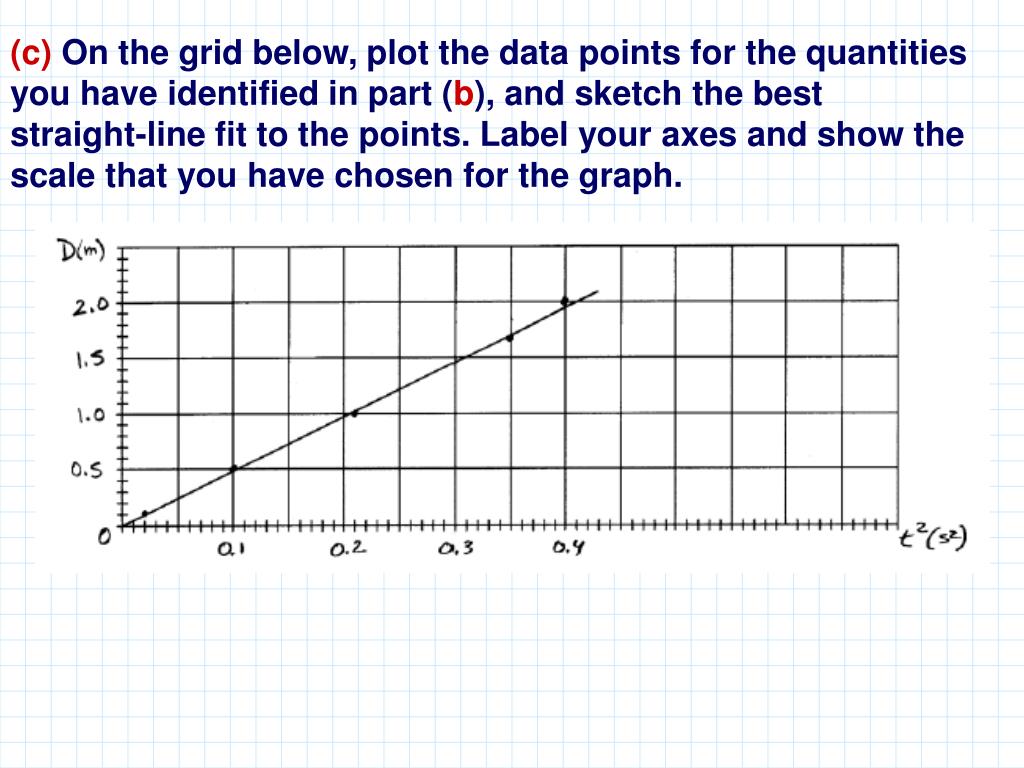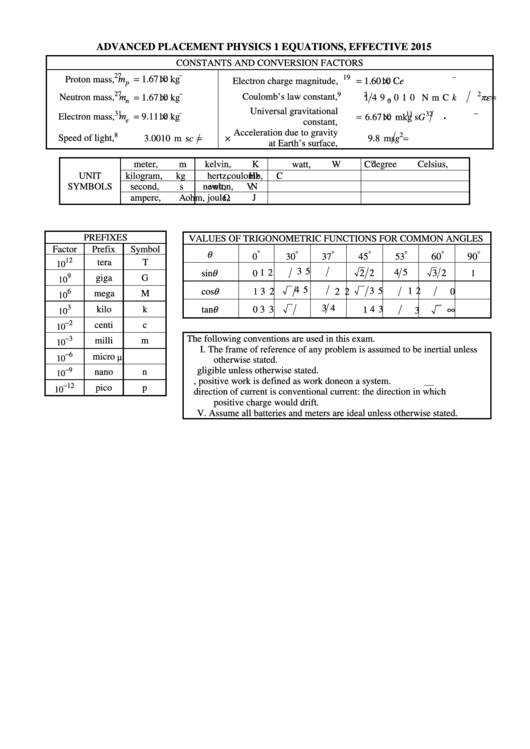

We recommend using aĪuthors: Gregg Wolfe, Erika Gasper, John Stoke, Julie Kretchman, David Anderson, Nathan Czuba, Sudhi Oberoi, Liza Pujji, Irina Lyublinskaya, Douglas Ingramīook title: College Physics for AP® Courses Use the information below to generate a citation. Then you must include on every digital page view the following attribution: If you are redistributing all or part of this book in a digital format, Then you must include on every physical page the following attribution:

If you are redistributing all or part of this book in a print format, Want to cite, share, or modify this book? This book uses the We call the acceleration of an object moving in uniform circular motion (resulting from a net external force) the centripetal acceleration( a c a c size 12 and one minute is 60.0 s.

This pointing is shown with the vector diagram in the figure. Acceleration is in the direction of the change in velocity, which points directly toward the center of rotation (the center of the circular path). The direction of the instantaneous velocity is shown at two points along the path. In this section we examine the direction and magnitude of that acceleration.įigure 6.8 shows an object moving in a circular path at constant speed. The sharper the curve and the greater your speed, the more noticeable this acceleration will become. (If you hold the wheel steady during a turn and move at constant speed, you are in uniform circular motion.) What you notice is a sideways acceleration because you and the car are changing direction. You experience this acceleration yourself when you turn a corner in your car. In uniform circular motion, the direction of the velocity changes constantly, so there is always an associated acceleration, even though the magnitude of the velocity might be constant. We know from kinematics that acceleration is a change in velocity, either in its magnitude or in its direction, or both. Establish the expression for centripetal acceleration.And have more tests will be better to confirm the results, if each personal do the ten times, then compare the each result, more tests is help to reduce errors.By the end of this section, you will be able to: Change the yellow plastic ball to an iron ball or other heavier ball will be much decreases the effect from air resistance. Set a constant height will be better than use hands to drops the ball. Air resistance and height is just relatively constant are the most reasons. The error make the result with forecast has a large gap. In the conclusion, this lab seems to didn’t have generated strong support for the theories and hypothesis that g = CACM/so. Difference (your result - accepted value)/accepted value x 100 17. Calculate the percent difference in your result and the accepted result. Conclusion The experiment is to calculate the acceleration of gravity using the Smart Timers. Compare your result with the accepted value of the acceleration due to gravity 9.8 m/s2. The data result with prediction has about 47. Also the smart line connect line data transmission time will be effect the result, but this time is almost negligible, and under the present conditions, it is no way to improve that much. Use hand to start drop the ball is hard to constant the height, here will have some error, and plastic ball may too light, it is susceptible to get effect by the air resistance. The most likely cause is air resistance and height not content. Error Analysis The result has a considerable error with prediction. Shorten the connect line both between the Photostat and smart timers, and pad and smart timers. The new hypothesis need to make sure the ball is drop from the same height, use hands to begin the drops will be have too much error, choose a heavier ball, to reduce the impact of air resistance. It has a considerable error with prediction. (Throw out an extremely large or small value) The result have an anomalies, it’s much bigger than the prediction that g CACM/so. The data also show the average value of time and “g”. Do this 10 times and take an Data The following chart details the ten times trials of the experiment and includes an average of the ten times trials. After pressing “3” start/stop button twice until a “star” appears on the screen, release the yellow plastic ball and measure the time it takes to fall.


 0 kommentar(er)
0 kommentar(er)
